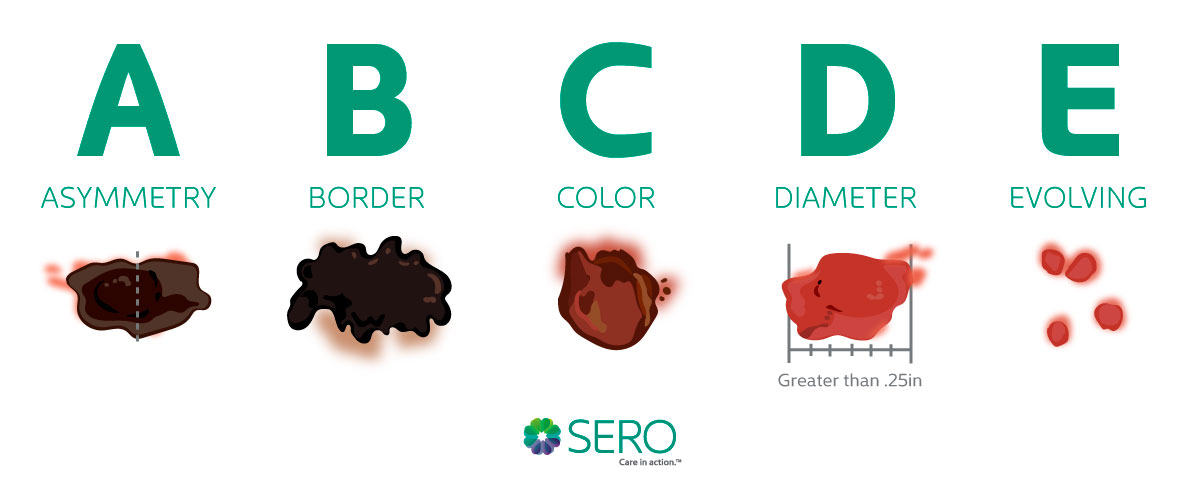Early detection of skin cancer is key to treating it. You can take an active role in your skin health by performing a regular self-exam. In fact, you’re the best person to monitor your body for early signs and symptoms of skin cancer—when it is least dangerous and easiest to treat and cure.
Performing a skin cancer self-exam can save your life and it only takes ten minutes to do at home. Let’s go over the early signs of skin cancer and the steps for completing a successful self-exam.



